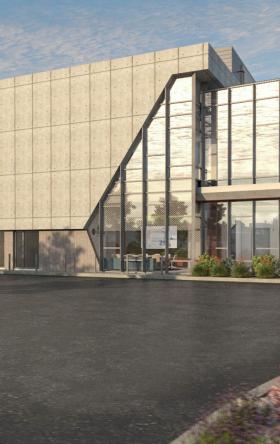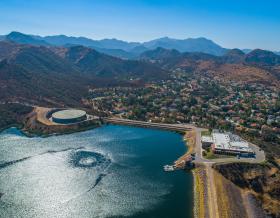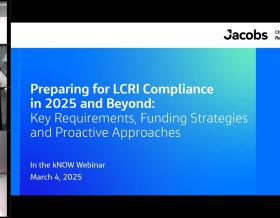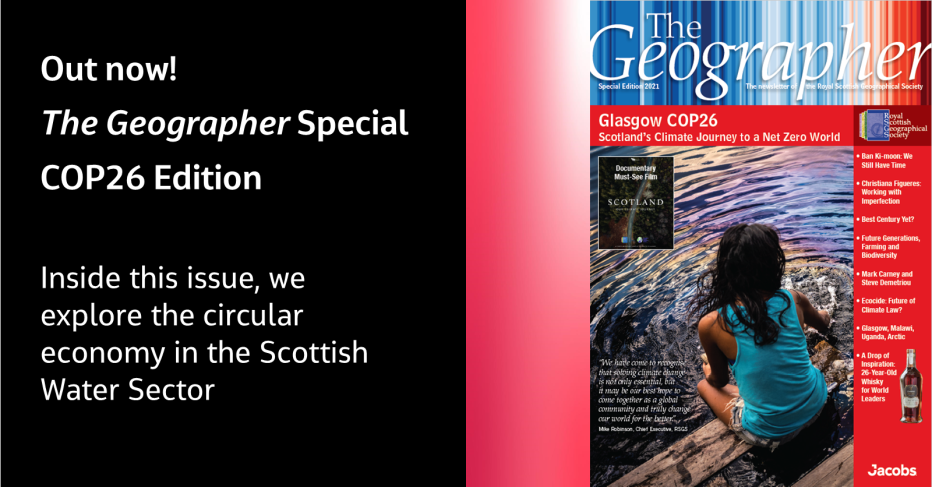




As climate change threatens water security around the world, more communities are turning to water reuse as a resilient water supply solution and embracing the OneWater principle that all water has value. Jacobs has been supporting clients with water reuse programs for decades, beginning with the first applications of advanced wastewater treatment technologies in the 1960s. We provide our clients with a full range of services, from water reuse feasibility studies to design, construction and operations.



We’ve provided design-build services to the water sector for over 25 years and delivered more than 150 projects. We offer fully integrated design-build and design-build-operate capabilities to tackle the most complex water challenges and work in close collaboration with our clients.



For more than 30 years, Jacobs has been responsible for planning and implementing Lead and Copper Rule-related strategies which protect millions of people in the U.S. and Canada. Our work includes enhanced water quality monitoring strategies, sampling plan development, harvested pipe-scale analysis, lead service line inventories and replacement plans, corrosion control studies and the incorporation of equity and environmental justice considerations into compliance programs.



A curated selection of some of the top-listened to and trending podcast episodes from our popular If/When podcast series.



Jacobs. A world where you can.



As a purpose-led company, we know we have a pivotal role to play in addressing the climate emergency. We consider this not only good business, but our duty to channel our technology-enabled expertise and capabilities toward benefitting people and the planet.



We work in partnership, delivering some of the most challenging, diverse and innovative projects and programs globally across multiple sectors. We integrate complex interfaces across planning, procurement and delivery to help unlock better social, environmental and economic outcomes from mega and giga projects.



As our clients navigate the digital transformation and growing cyber risks, we have positioned ourselves at the forefront of this growth, adding digital capabilities, products and tools to serve a growing set of customers.



Sit down with our visionary team of thinkers, dreamers and doers to see what a day in the life is like.



Together with our visionary partner, PA Consulting, we're establishing our position in high end advisory services, creating a springboard to expand in high value offerings beyond the core.


At Jacobs, we're challenging today to reinvent tomorrow by solving the world's most critical problems for thriving cities, resilient environments, mission-critical outcomes, operational advancement, scientific discovery and cutting-edge manufacturing, turning abstract ideas into realities that transform the world for good. With approximately $16 billion in annual revenue and a talent force of more than 60,000, Jacobs provides a full spectrum of professional services including consulting, technical, scientific and project delivery for the government and private sector.



The only certainty about the future is uncertainty. Resilience is an attribute of a smarter planet, and requires planning and adapting ahead of potential threats. We help our clients survive, recover, adapt and thrive.



Jacobs is working to help clients across the United States secure federal funding for projects that make our cities and communities more connected and sustainable. Working hand-in-hand with clients from coast to coast and everywhere in between, Jacobs develops bold, innovative solutions to address the nation’s toughest challenges.



Now more than ever, we appreciate the hard work, sacrifice and dedication of the medical profession in ensuring the health and safety of our communities.



Together, we are stronger. Together, we can transform the future.



Stories that capture our partnerships and innovative impact for a more connected, sustainable world



Out now! We’ve teamed up with the Royal Scottish Geographical Society for The Geographer Special COP26 Edition. In the first article in the special series, Tamsyn Kennedy, Scottish WaterCircular Economy Lead, Research & Innovation, Business Excellence and Matthew Pryor,Jacobs Senior Associate Director, Water & Environment look closer at Sustainable Development Goal 12 Responsible Consumption and Production, a key goal for a circular economy. They discuss whether progress been made and whether there more we can be doing?
As nations gather at the 26th UN Climate Change Conference (COP26) to take decisive action together on climate change, it's timely to reflect on progress against the Sustainable Development Goals (SDGs) since their 2015 adoption, particularly in Scotland with Glasgow playing conference host.
In terms of action, the Scottish Government has shown leadership not least from Making Things Last, A Circular Economy Strategy for Scotland. Published in 2016, this set out Scotland’s ambition for moving towards a more circular economy. The Scottish Environment Protection Agency (SEPA) also published One Planet Prosperity, its strategy for delivering environmental protection. Through the expertise of programs provided by Zero Waste Scotland and Scottish Enterprise, businesses have been supported across the Scottish food and drink, manufacturing, construction and energy infrastructure sectors. There are businesses looking at recovery of copper from whisky lees (a by-product of distillation), use of spent coffee grounds to create commercial bio-oils, mattress recovery and deconstruction, modular lighting solutions for warehouses and an appliance and furniture partnership working with housing associations to re-use goods from house clearances.
Significant progress has been made, both at a start-up business level to innovation and rethinking of resource use across priority economy areas. Globally, however, the challenges remain stark. As recently as last year, the Circularity Gap report indicated that globally just under 9% of available resources consumed are recirculated (and new Scottish material flow analysis in 2021 indicates similar material intensive economy) highlighting that we remain firmly a linear economy with its links to emissions of greenhouse gases. In a Scottish context, there is much more material and waste that could be repurposed and as reported in 2020 about four fifths of Scotland’s carbon footprint is caused by the production, consumption and, too often, waste of goods, services and materials.
So, what further approaches are required? Action by all sectors of the Scottish Economy is needed but will be challenging. Moving from a linear to a circular economy requires transformative change in how businesses operate and deliver services, as well as collaborative and transparent approaches traditionally not adopted in commercial situations. One sector recognizing the challenge is the UK’s water industry, which has adopted an ambitious target for zero waste by 2050 and understands that a circular economy offers a key pathway towards net zero waste. Treatment of wastewater requires water, energy and chemicals to replenish water and the process generates materials and by-products that continue to require treatment and disposal under a linear model. Through transition to a circular economy, water companies can retain and regenerate the value of materials, avoid unnecessary environmental impact and keep materials in local beneficial loops and, in doing so, deliver climate action and greater value to customers and the wider economy.
Work undertaken this year by UK Water Industry Research (UKWIR) has demonstrated that a circular water sector requires a systems approach where innovation is prioritized and opportunities are analyzed by a six capitals model encompassing natural, financial, intellectual, social, human and manufactured capital. It also requires companies to be cooperative, collaborative and commit to transparent reporting on progress to communicate success and areas for improvement. Equally, individual innovations are needed to tackle individual use of materials, energy and water, and this is at the heart of a circular economy sector approach. Scottish Water has been heavily involved in both a circular systems approach and material innovation. Working in collaboration with Jacobs, Zero Waste Scotland and SEPA, Scottish Water Research & Innovation saw an opportunity to recover wastewater treatment grit and sand and process it into a secondary construction material. While there is no recognized market demand yet for the material, this innovative process offers the first step to implementing a full-scale circular solution.
Through close collaboration with all parties, Scottish Water has demonstrated the feasibility of recovery of the grit, first through laboratory analysis and subsequently through a trial of the grit in a reprocessing facility. Thanks to support from the Zero Waste Scotland Circular Economy Business Support program, the project engaged the Scottish secondary aggregate market to establish demand and identify recycled aggregate SME suppliers interested in taking the material to sell as a construction product. Meaningful dialogue with SEPA established how grit could be reclassed as a usable material and not a waste. Recovery of the grit material will keep it in valuable use and offers cost savings and reduced carbon emissions compared to its disposal. It will also offer opportunities for small and medium-sized business engagement in the Scottish Water supply chain.
It has taken more than two years to take one material through this process, so the pace of progress remains a challenge. However, the UKWIR work has highlighted potential that more systematic targeting of materials is possible. If change is going to be achieved, it will require industrial sectors to come together to share opportunities and innovation more widely across societal boundaries. The foundations for this transition are being put in place, however there is no time to spare in ramping up systems thinking and material innovations across all parts of the Scottish economy. Only by working together can we accelerate progress and turn our ambitions into faster action.